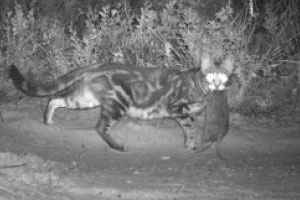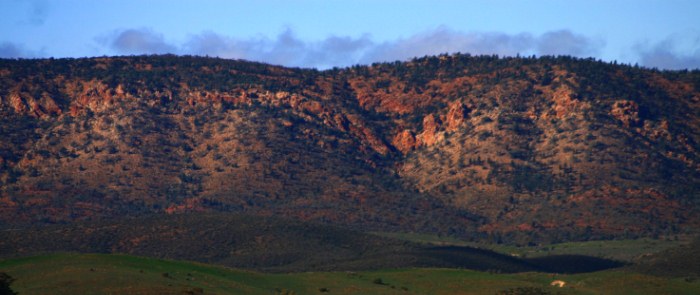In 2008 there was a strong public outcry against the proposal by a cat breeder to import savannah cats – a hybrid of domestic cats and African servals (Felis catus X Leptailurus serval).
After an assessment, then federal environment minister Peter Garrett refused the application by changing the definition of domestic cat‘ to specificaly exclude serval hybrids. This was a good decision that will prevent Australia’s feral cat population exerting even stronger predatory pressure on wildlife.
However, there are many other imports of hybrids and variants of existing pests and weeds that could worsen Australia’s environmental problems, and these are not attracting regulatory attention. Here are some examples.
Boer goats and Kalahari goats have been imported from South Africa to produce more drought-hardy goat breeds for Australia. Males are bred with female feral goats, creating what is effectively a superior feral goat – if they escape into the wild.
Water buffalo are being imported from Asia to breed with water buffalo of wild origin (previously introduced). The buffalo farms are in regions where cyclone damage to fences could facilitate their escape into the wild, which, given time, they almost certainly will.
New dog hybrids, such as coyote and wolf crosses (bred as pets in the US), may become a problem if imported, leading to increased predation of native animals and livestock.
Bengal cats, like savannah cats, could worsen the feral cat problem. They are hybrids between domestic cats and leopard cats, which are native to the rainforests of South East Asia. Bengal cats are fonder of water, and fonder of climbing trees, than feral domestic cats. They are also more likely to hunt inside rainforest, a habitat avoided by Australia‘s feral cats. There are at least half-a-dozen wildcat-domestic hybrids available.
The pet trade is behind many of the hybridisations, as breeders seek to produce ever more exotic and wild-looking pets. Currently, under the federal environment laws, hybrids between permitted imports such as domestic cats and other animals such as wild cat species, can be imported if they are five generations away from the original wild animal. This is a loophole that should be closed.
There are also major invasive risks associated with importing plant hybrids.



